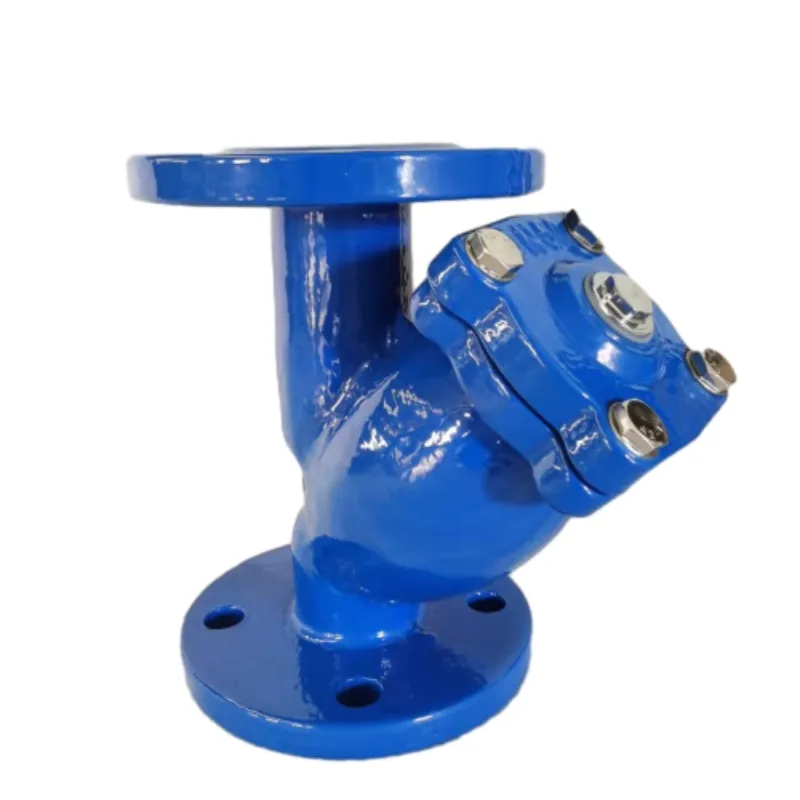valve air release
Understanding Valve Air Release Principles and Applications
Valve air release, a critical component in fluid systems, plays an essential role in maintaining efficiency and safety. It functions primarily to expel trapped air from pipes and tanks, thereby preventing the formation of air pockets that can disrupt fluid flow and cause operational issues.
In many fluid systems, particularly in water distribution networks and other hydraulics, air can accumulate at high points due to pressure changes or fluid movement. This trapped air can lead to a range of problems including reduced flow rates, increased wear and tear on equipment, and even catastrophic system failures. Valve air release devices, or air release valves, are engineered specifically to mitigate these issues by allowing air to escape while preventing the backflow of liquids.
The operation of air release valves is grounded in basic principles of fluid dynamics. These valves are typically installed at strategic locations in a piping network, such as along main lines, at high points, and where pipelines reach an elevation change. When pressure in the system drops, air is drawn into the valve and released; conversely, when the pressure rises, the valve seals off to prevent water from escaping. This dynamic action ensures that the pipeline remains filled with liquid, optimizing performance.
valve air release

The design of air release valves varies, but most include a float mechanism or an orifice that enables air to escape while maintaining a tight seal under pressure. Some valves are designed with multiple ports to enhance their functionality, allowing them to be used in larger systems requiring rapid air release.
Applications of valve air release span a wide range of industries. In municipal water systems, they are vital for ensuring the consistent delivery of potable water. Wastewater management systems also benefit from air release valves by preventing trapped air from causing blockages and backpressure, which can complicate treatment processes. Moreover, in industrial settings, these valves play a significant role in maintaining operational efficiency in processes involving fluids, such as cooling systems, chemical processing, and oil and gas production.
Pipelines that operate under fluctuating pressures or variable flow rates especially require reliable air release mechanisms. Without them, the potential for air locking—a condition where air prevents fluid from flowing—can lead to significant downtimes and costly repairs.
In conclusion, valve air release systems are not merely ancillary components; they are essential for the smooth operation of fluid transport systems. By effectively managing and releasing trapped air, these valves enhance system reliability, aid in maintenance, and overall, contribute to the longevity of infrastructure. As technology advances, we can expect further innovations in valve design, leading to even more efficient and responsive air release solutions across various industries. Understanding and implementing these valves can significantly improve fluid system performance, ensuring that operations run smoothly and effectively.
-
The Smarter Choice for Pedestrian AreasNewsJun.30,2025
-
The Gold Standard in Round Drain CoversNewsJun.30,2025
-
The Gold Standard in Manhole Cover SystemsNewsJun.30,2025
-
Superior Drainage Solutions with Premium Gully GratesNewsJun.30,2025
-
Superior Drainage Solutions for Global InfrastructureNewsJun.30,2025
-
Square Manhole Solutions for Modern InfrastructureNewsJun.30,2025
-
Premium Manhole Covers for Modern InfrastructureNewsJun.30,2025
